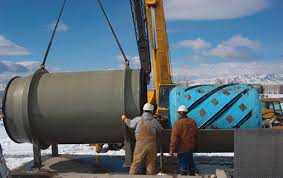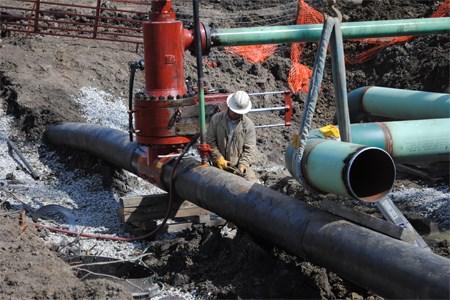What Is a Reinforcement Pad In Piping?
A reinforcement pad, also known as a Raised Face (RF) Pad, is used to strengthen a welded or fabricated pipe branch at the connection joints. Standard fittings are usually used to remove the branch from the runner or header pipe. However, these standard fittings are not affordable or readily available in a wider range of sizes. Depending on fabricated branch connections, they are not as hard-wearing as standard branch fittings. Therefore, pipe reinforcement pads are used to overcome this required strength. They serve both purposes: A Detailed Overview of Reinforcing Pads Reinforcing pads are an integral part of the industrial piping sector. They are also used in the petrochemical industry for vessel connections. Reinforcing pads come in the shape of doughnut-rolled plates. They are used in high-stress regions when a hole is made in the pipe to connect a secondary connection. These reinforcing pads ensure safety and reliability throughout the system. Repads are uniquely designed and their dimensions are precisely calculated to suit specific requirements. Pipe reinforcement pads are versatile, affordable, and precision-engineered, simplifying connections even when complex. Altogether, structural soundness is guaranteed throughout the system. Where To Use Pipe Reinforcement Pads? Standard Branch Fittings Connection of Pipe to Vessel Features of a Reinforced Weld Pad Pipe reinforcement pads can be customized according to the requirements. The pads feature a test port or weep hole. These ports vent trapped gases during the welding process and accommodate pressure gauges for leak testing. It is not necessary that these pads be available in a one-size-fits-all dimension. Based on the situation, fabricated Repads can also be used to enhance flexibility in installation and design. You can avail top-grade reinforcing pads, pipe valves, and fittings from our online store at Equip Up. We are one of the leading providers of a wide range of industrial products, all of which are branded and certified. With years of experience, we can be your best source for high-performance industrial solutions.










